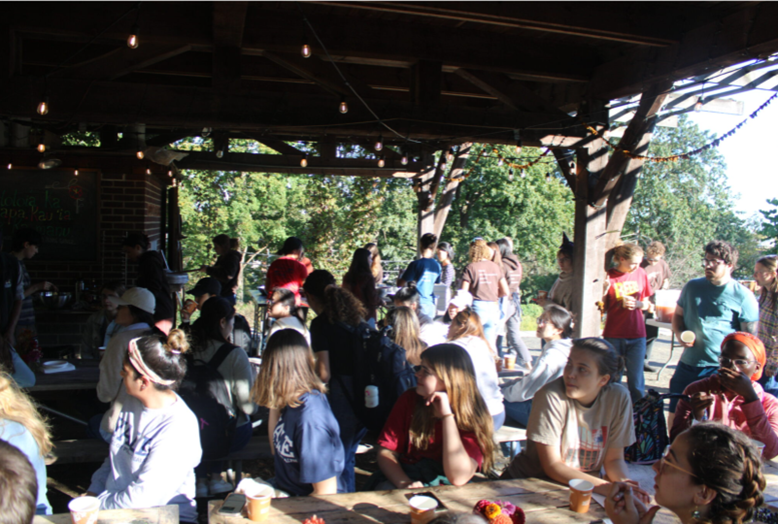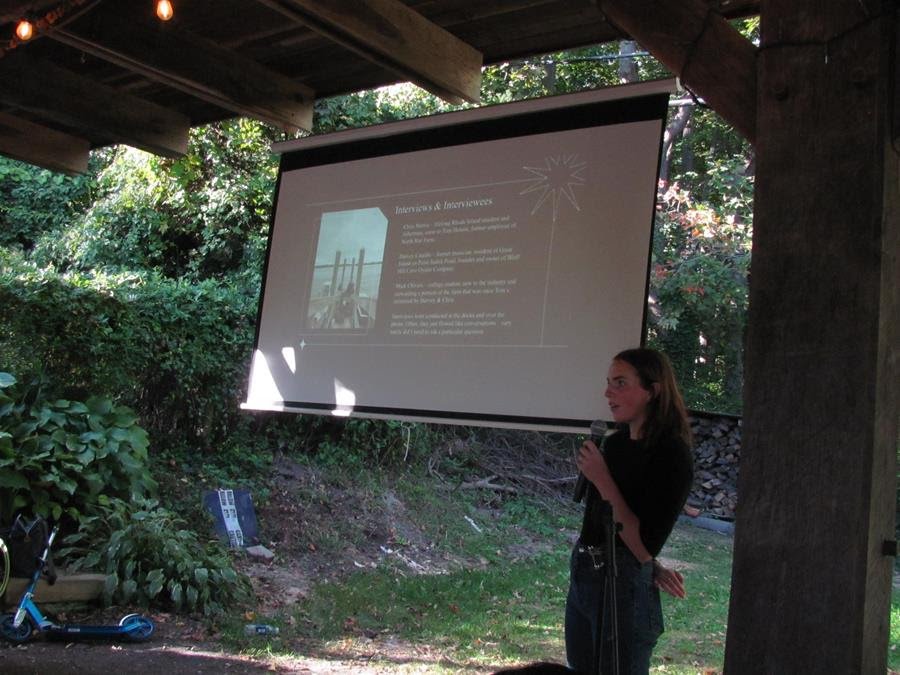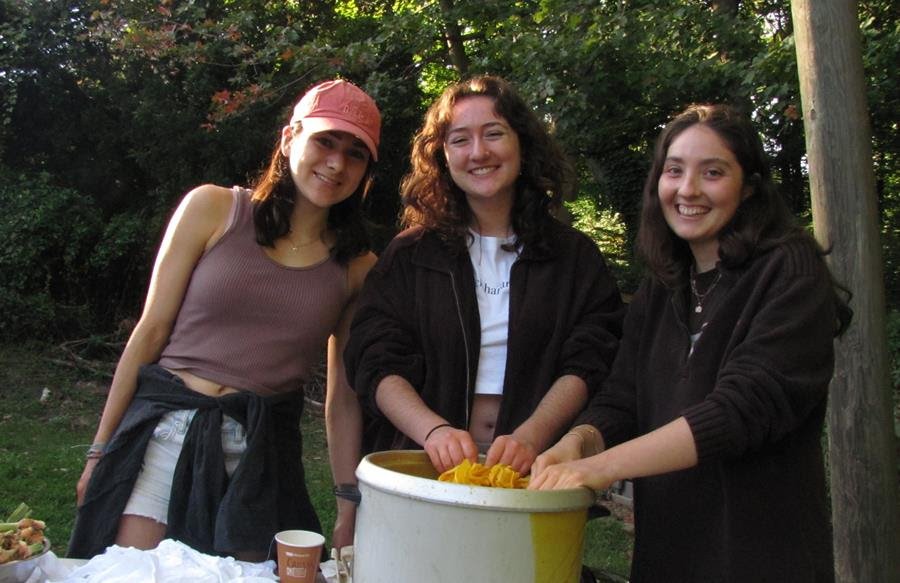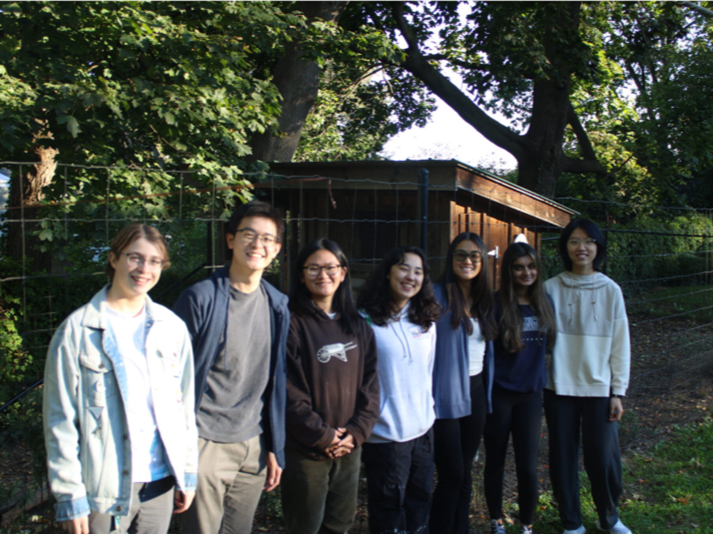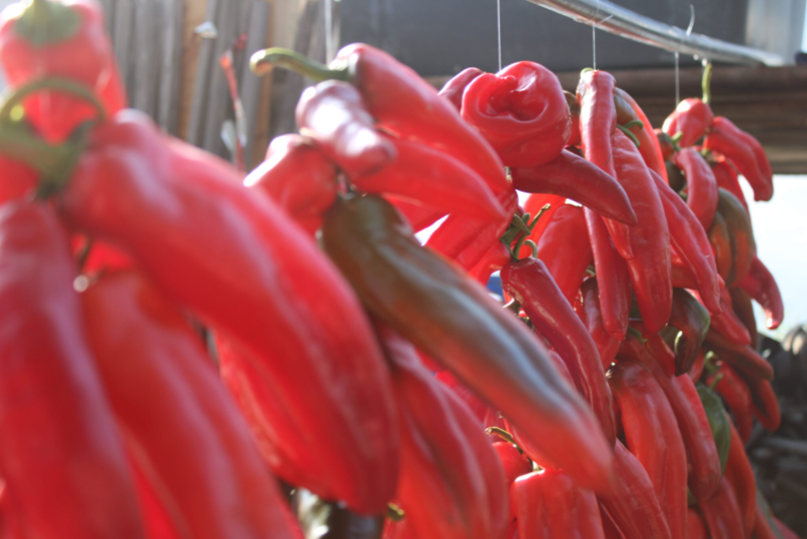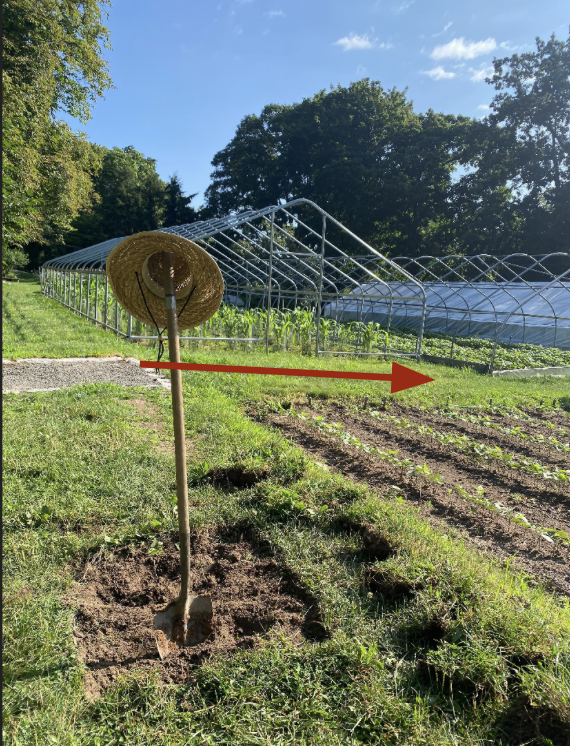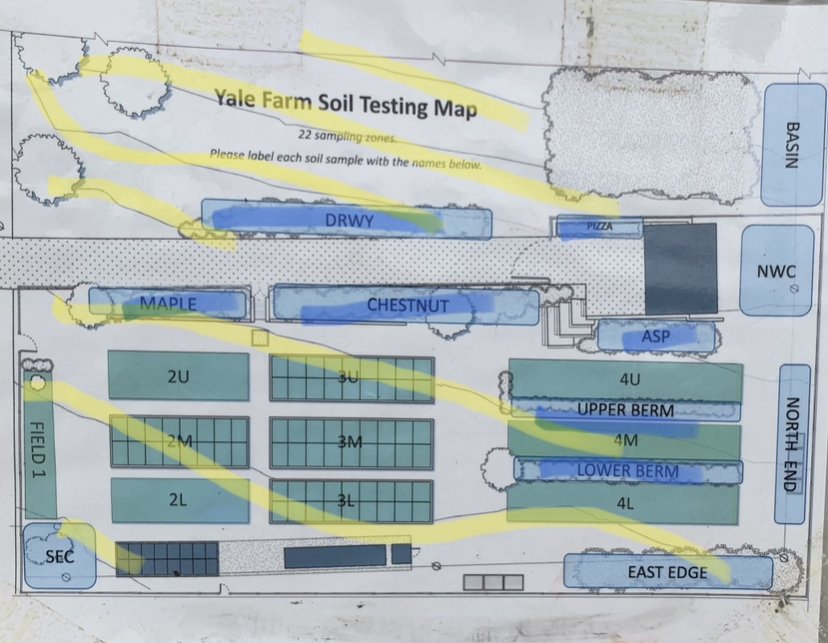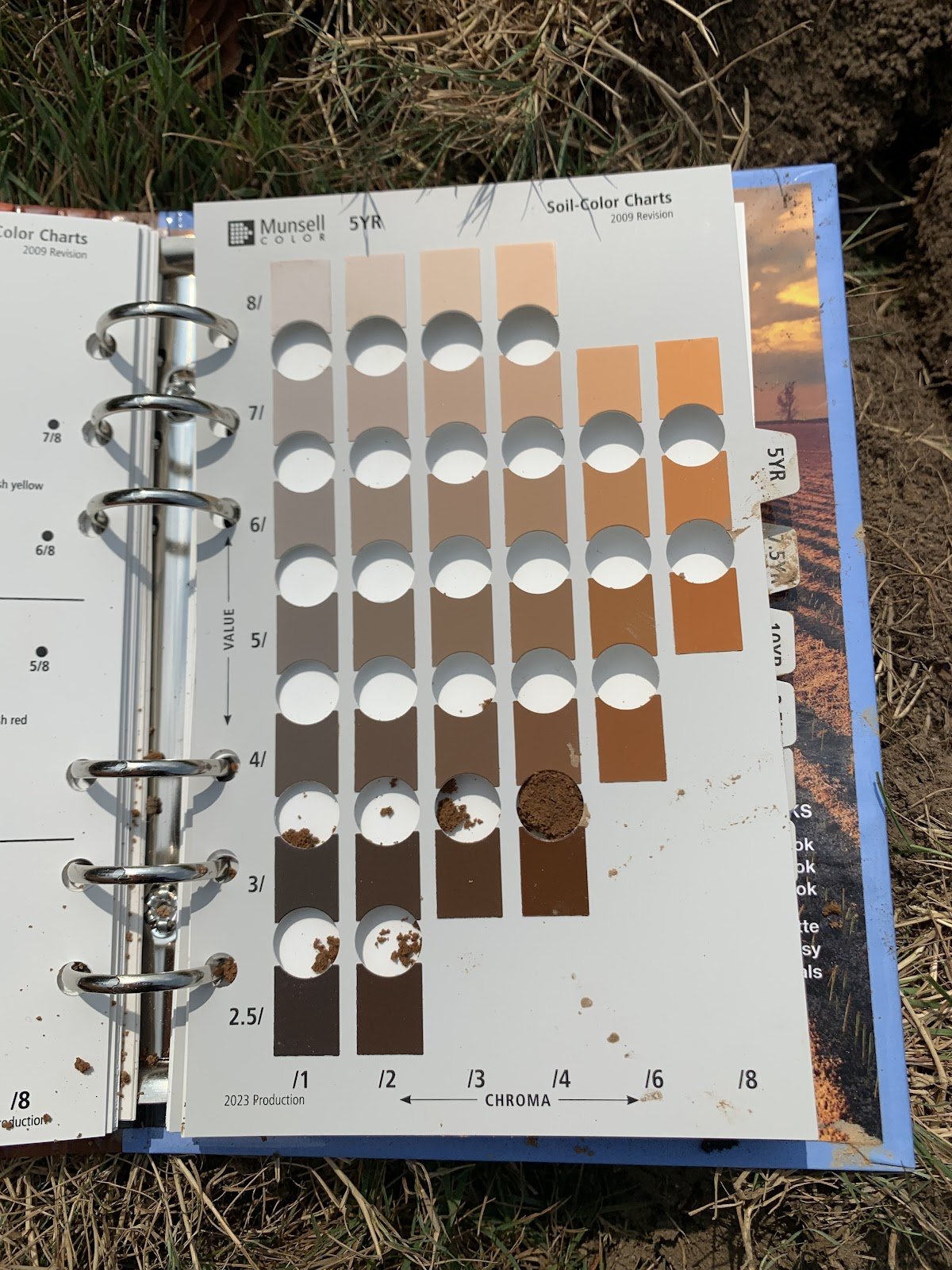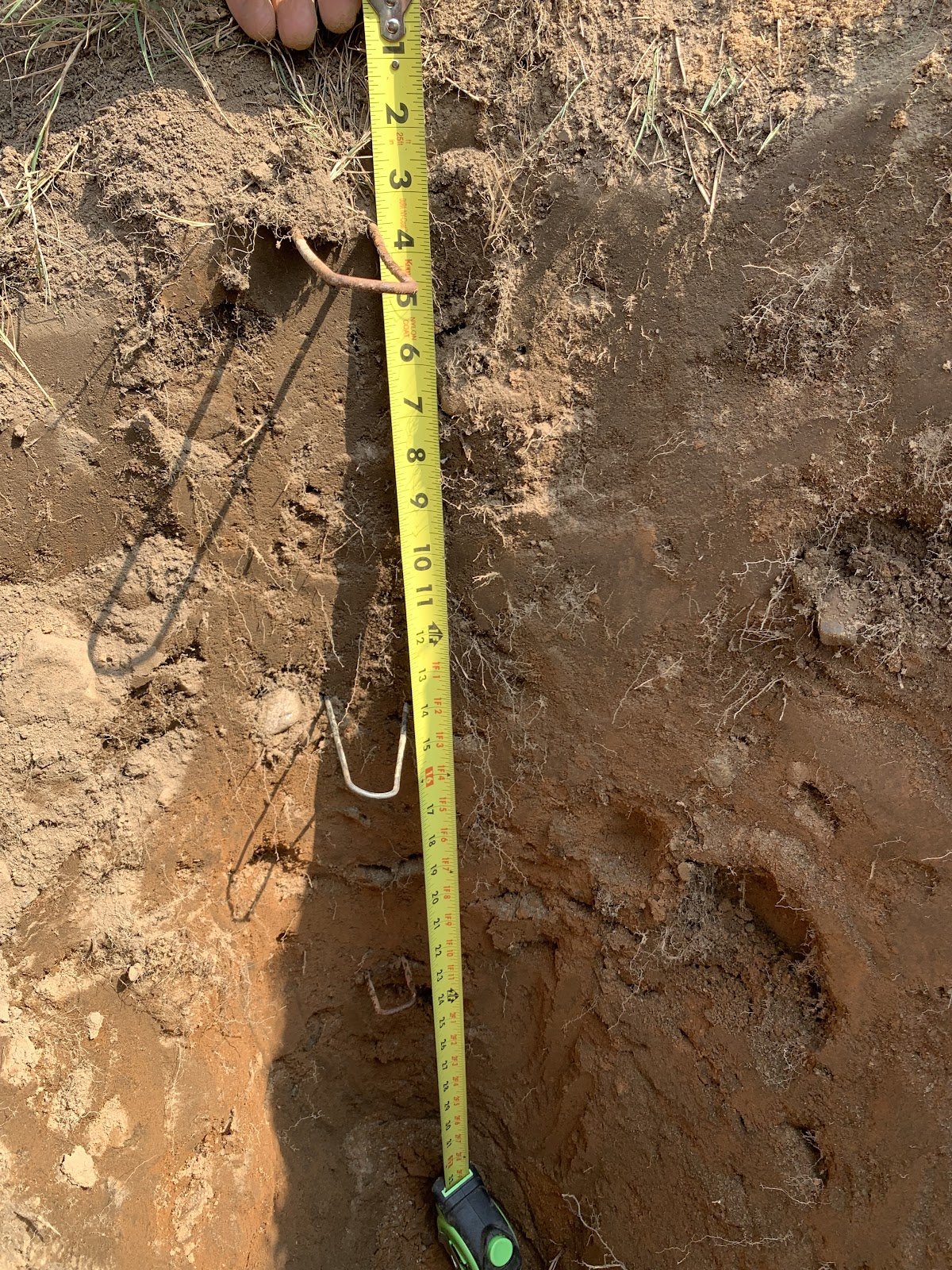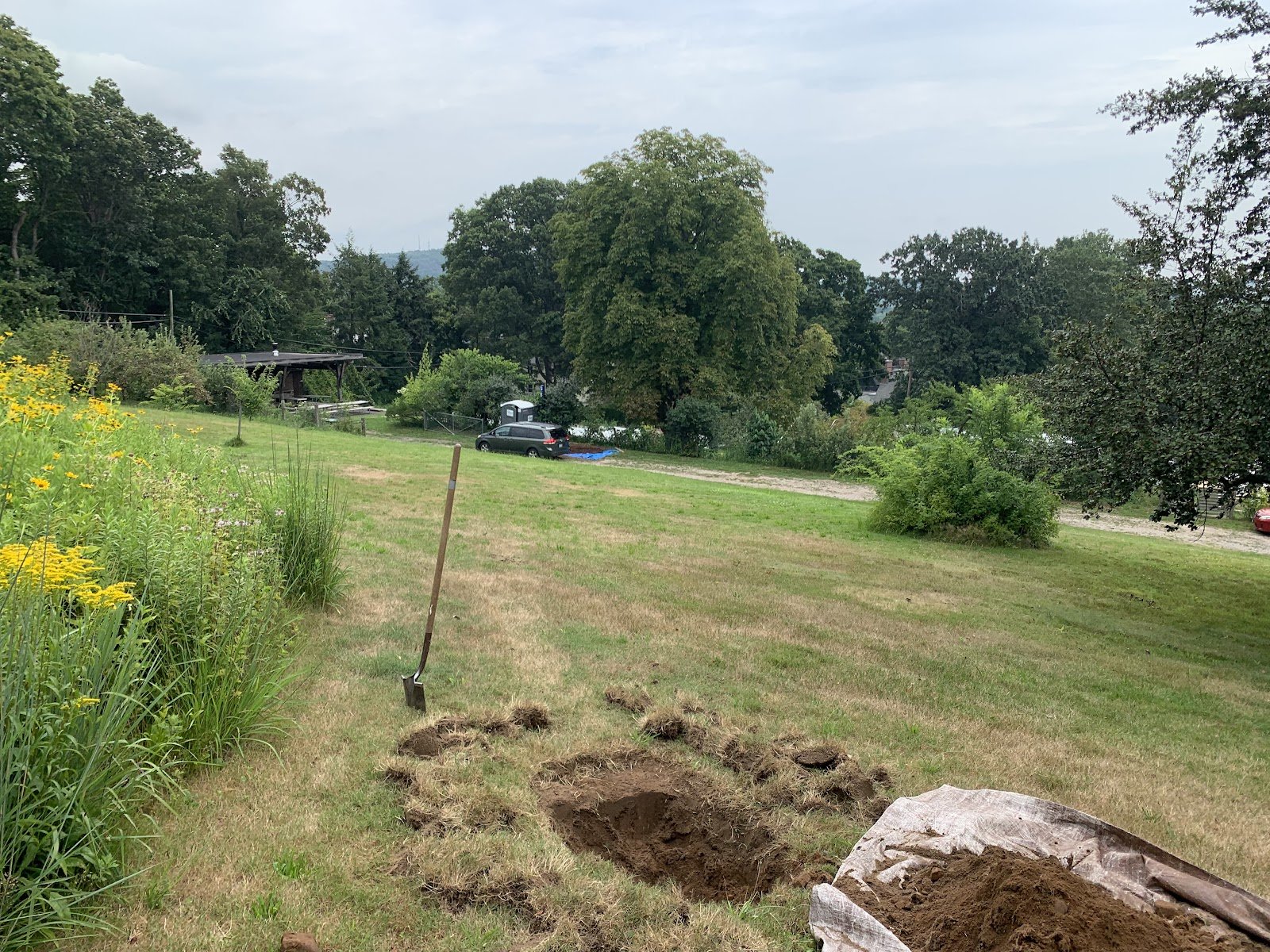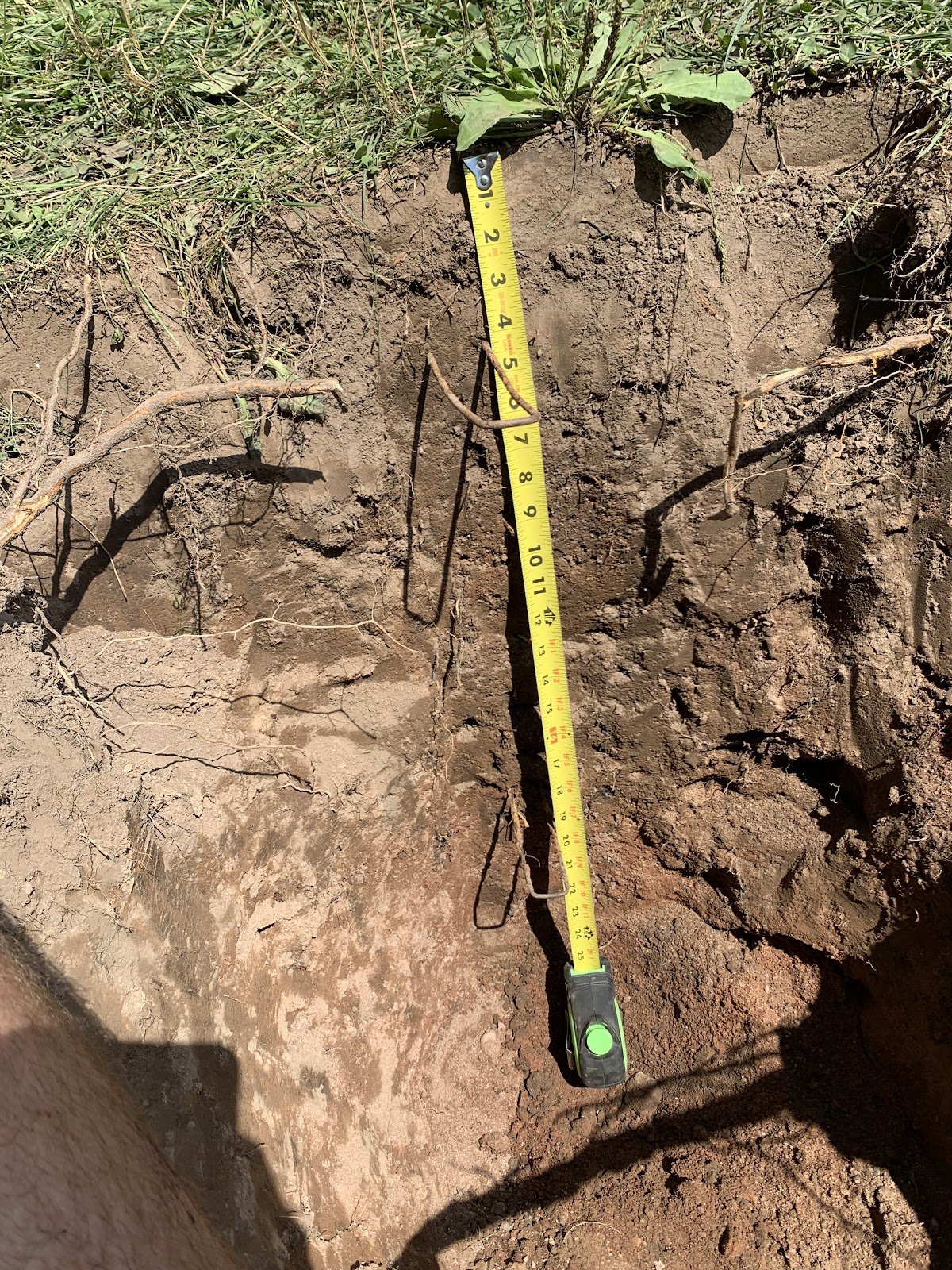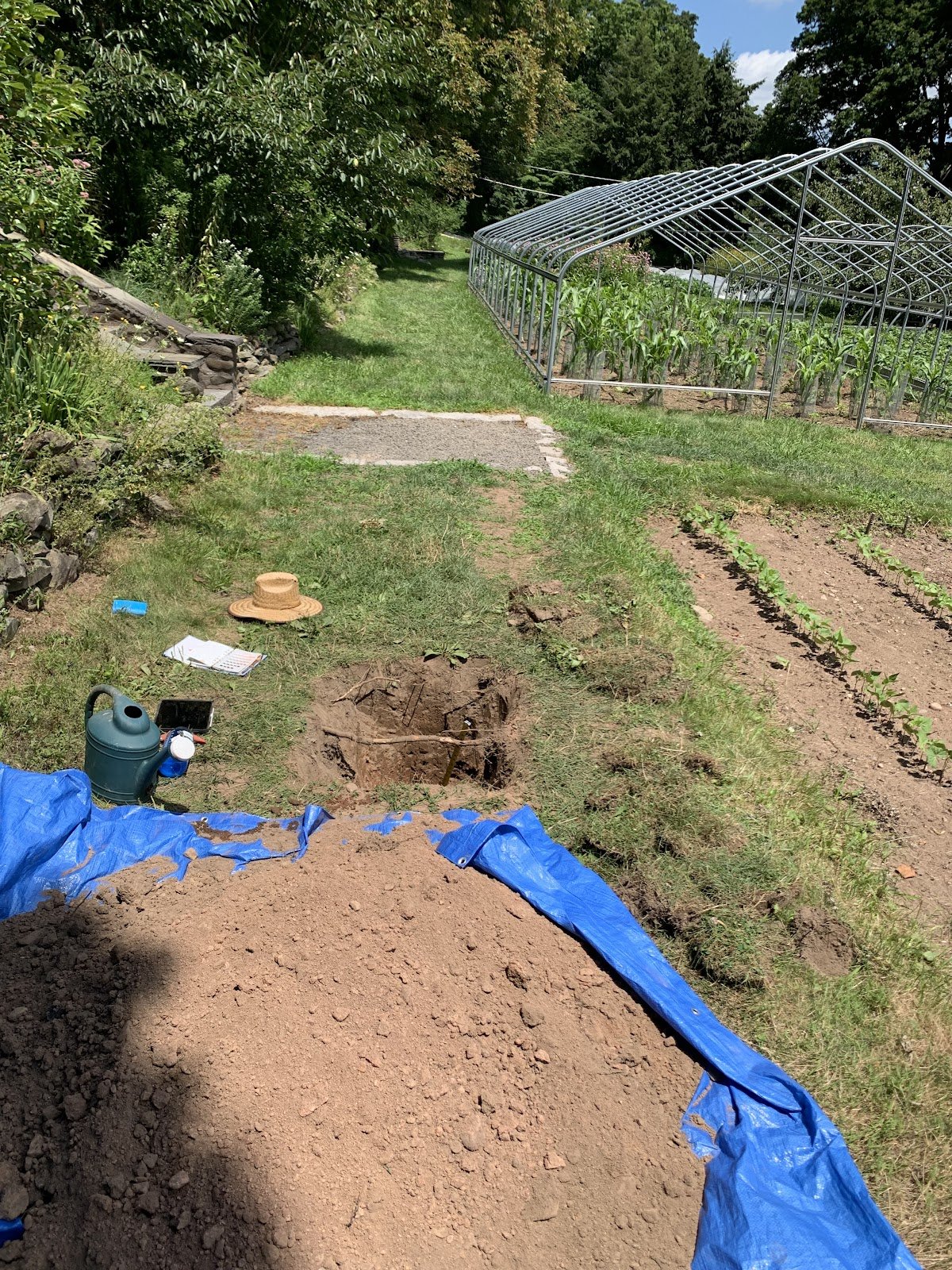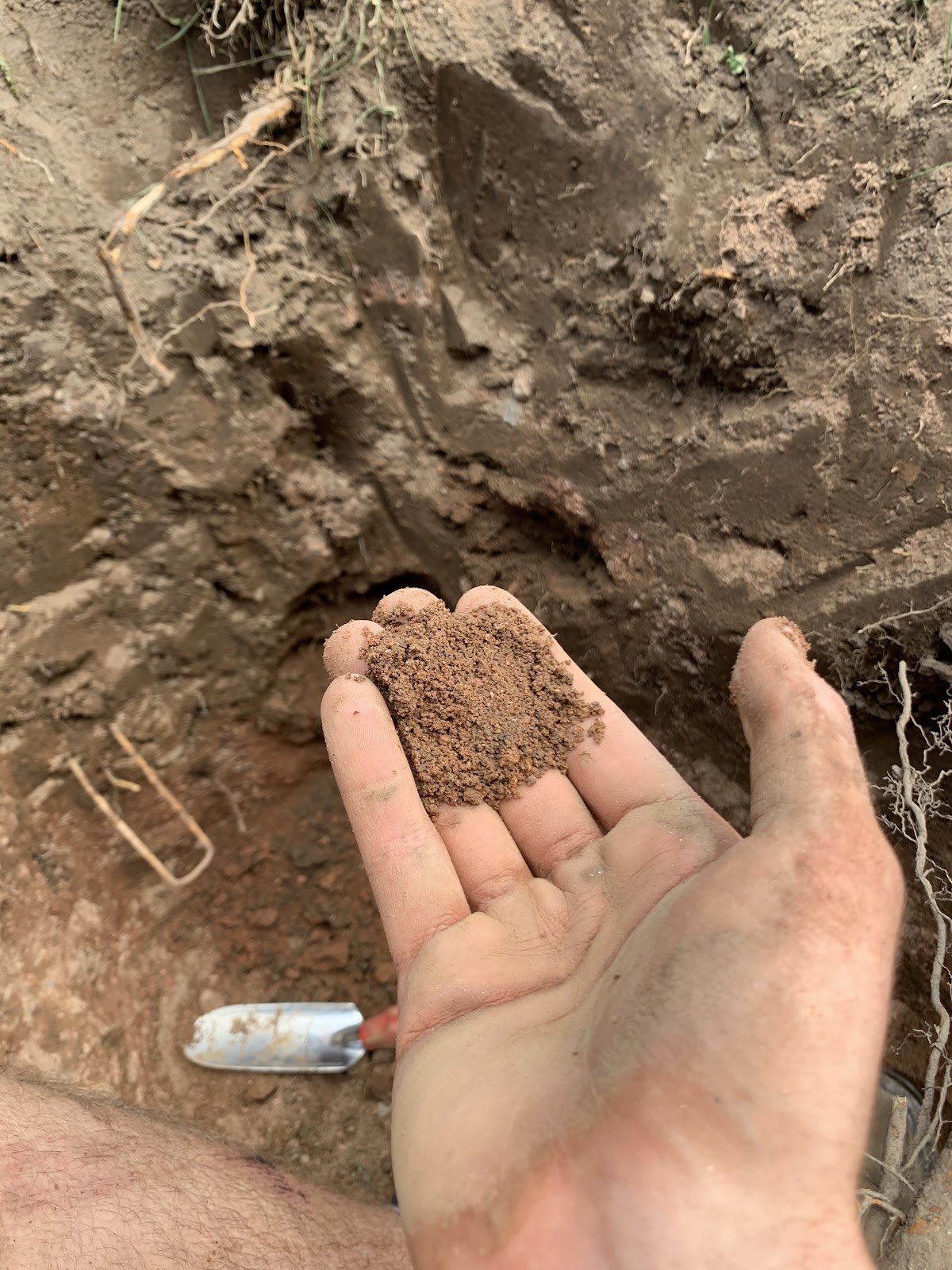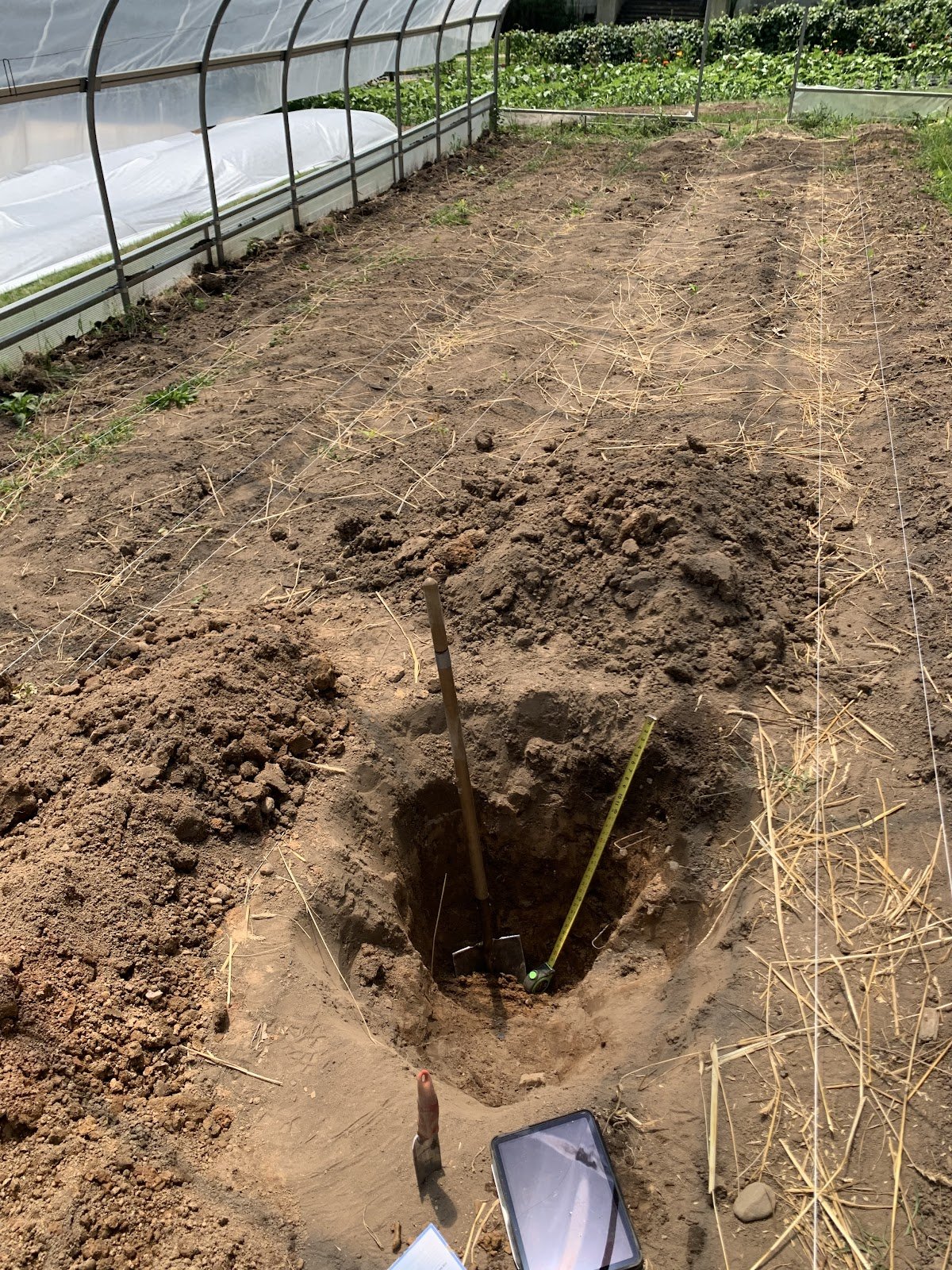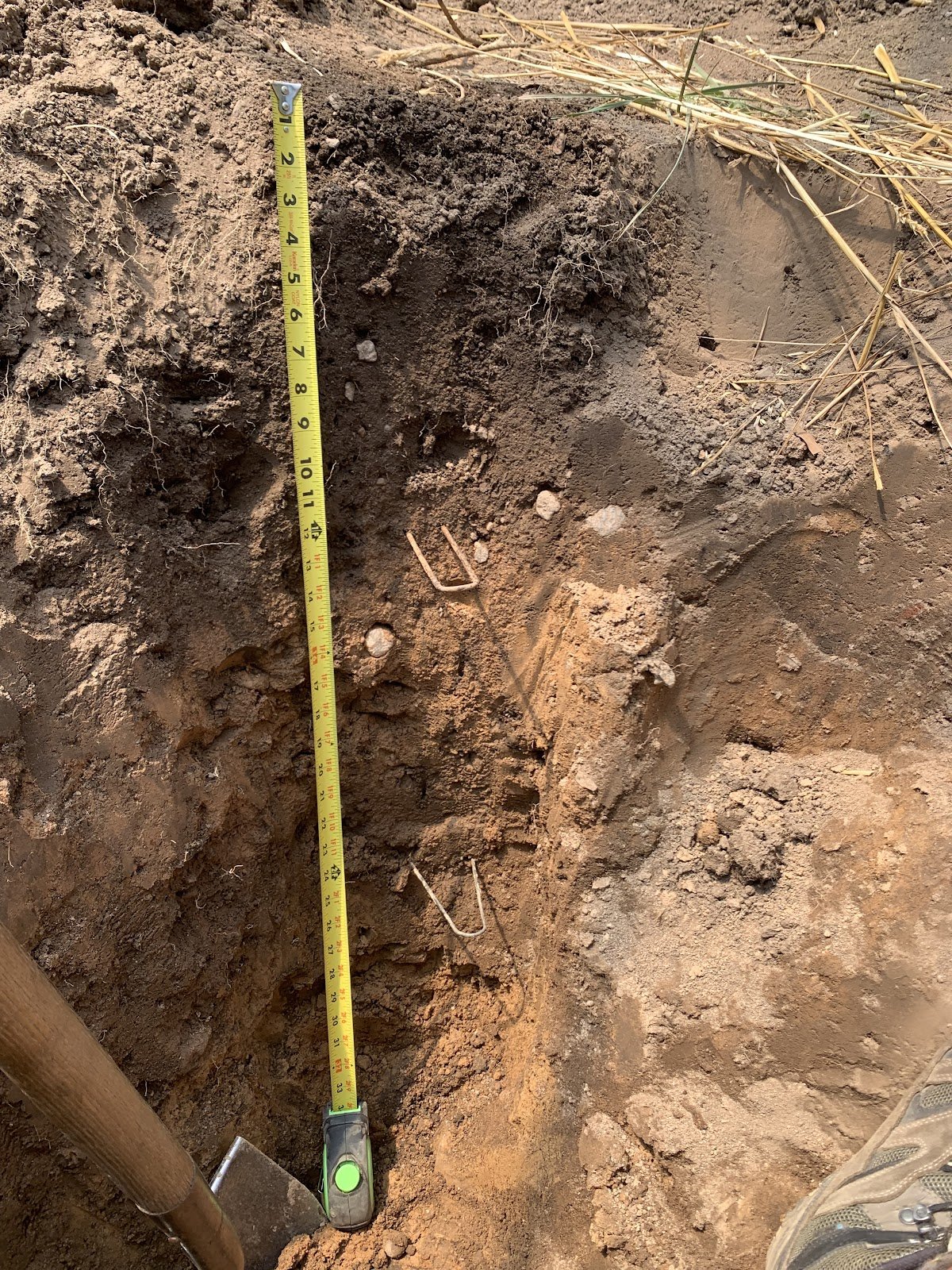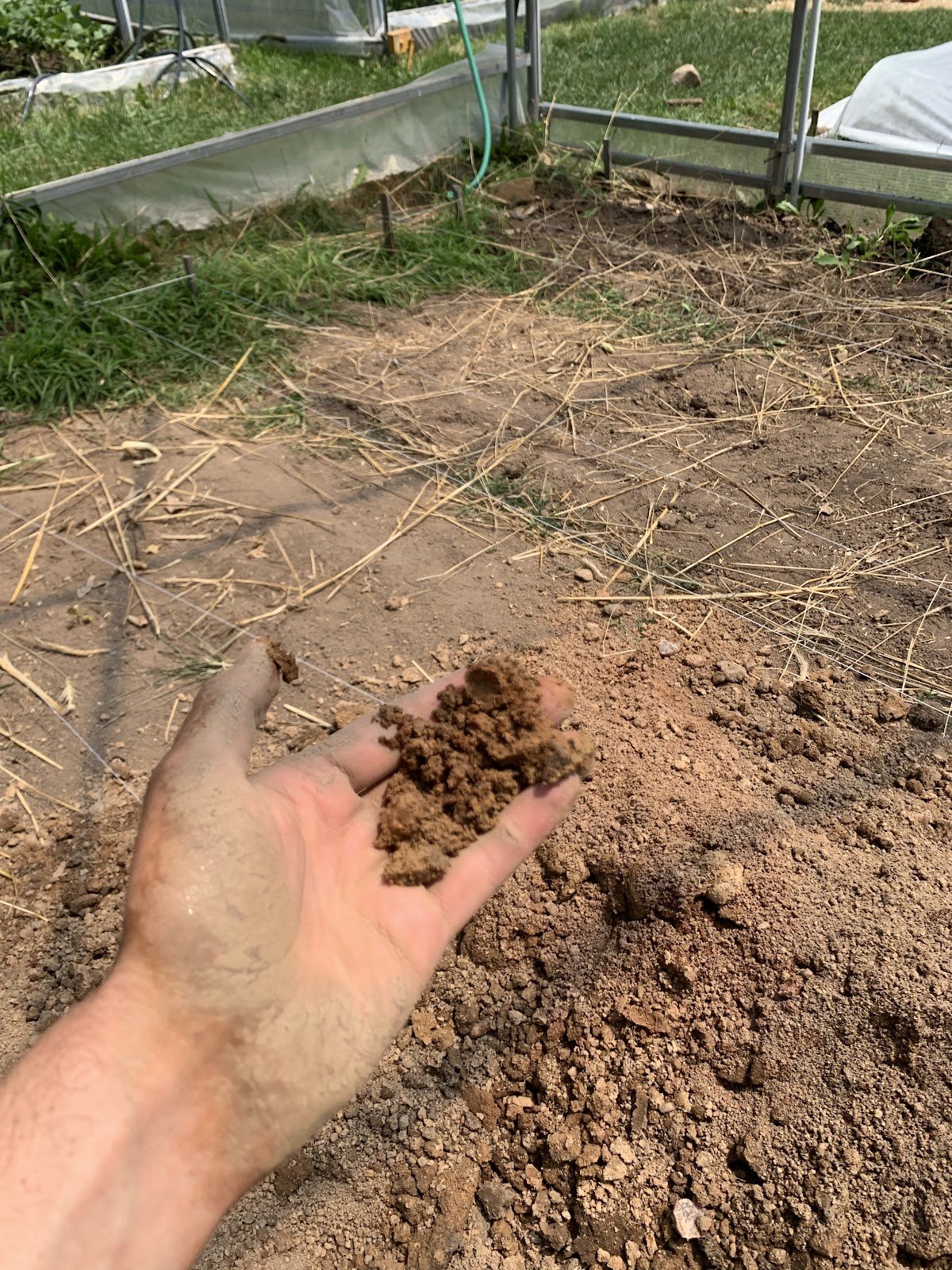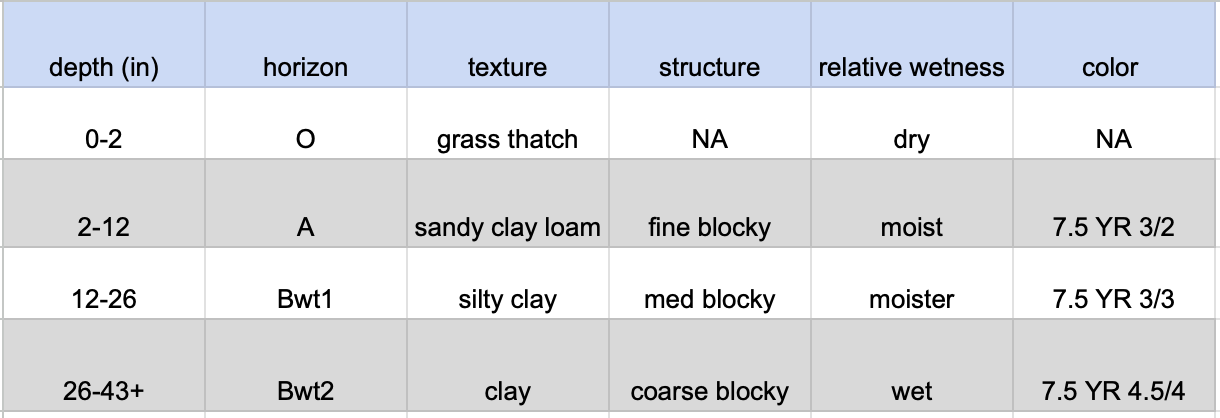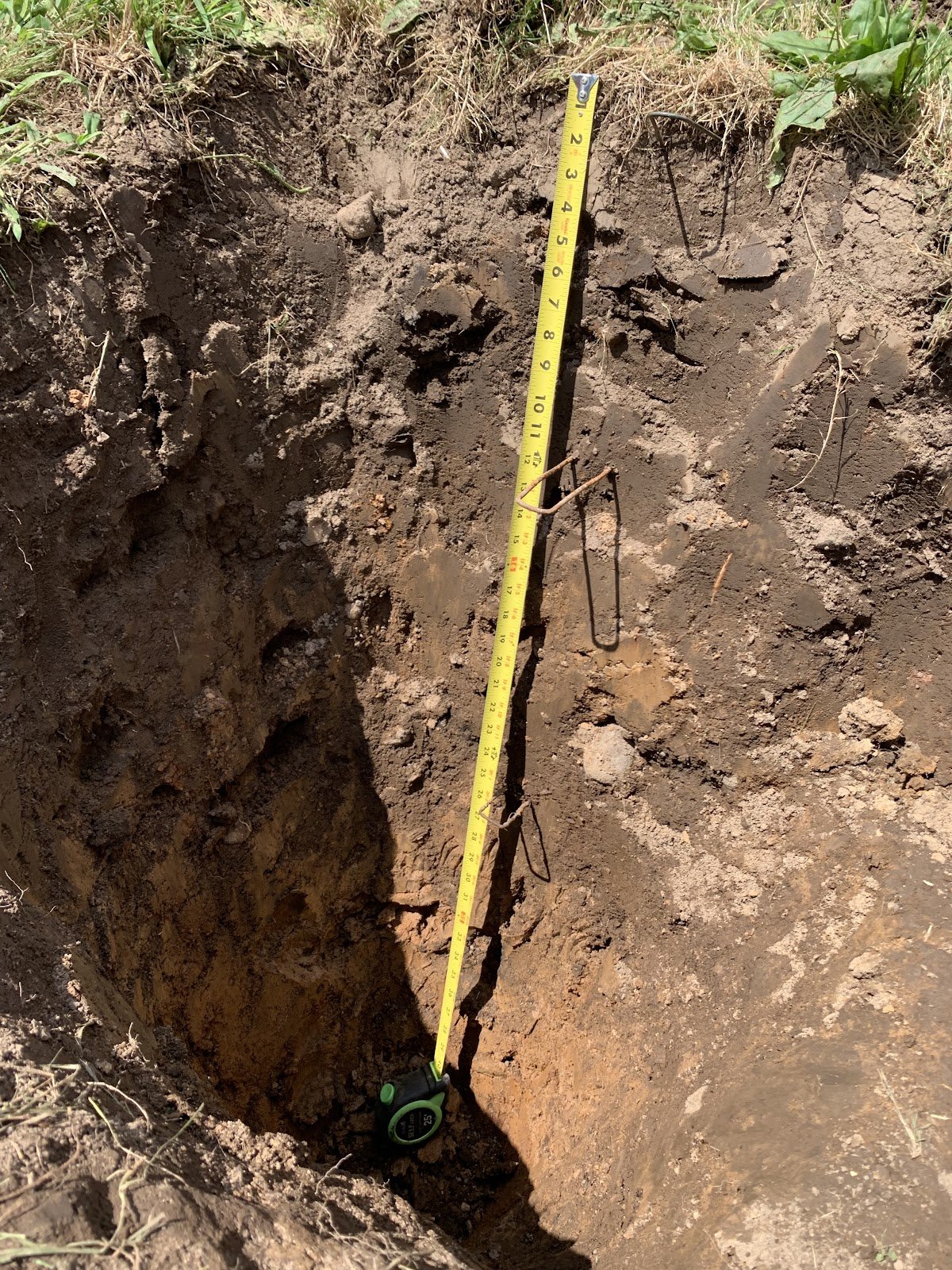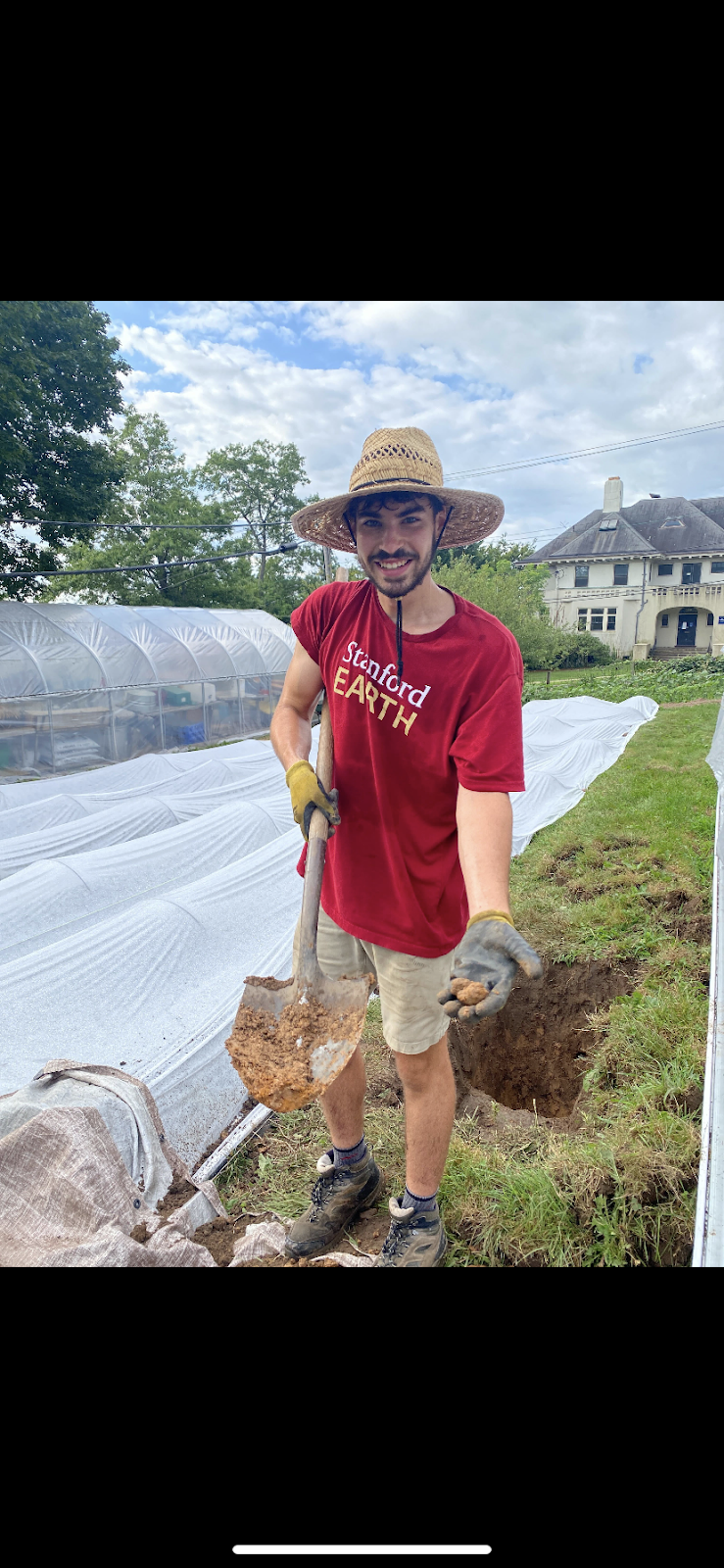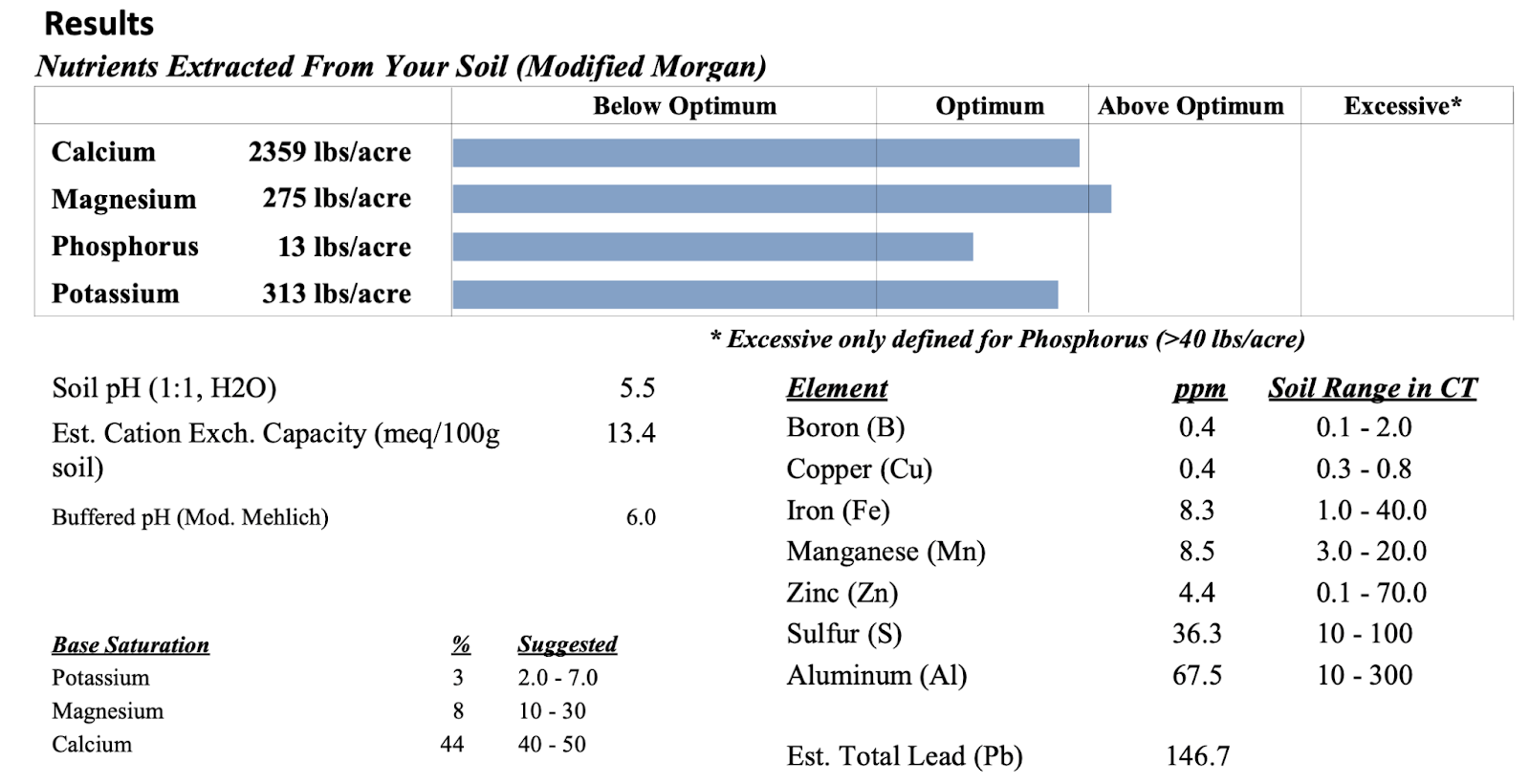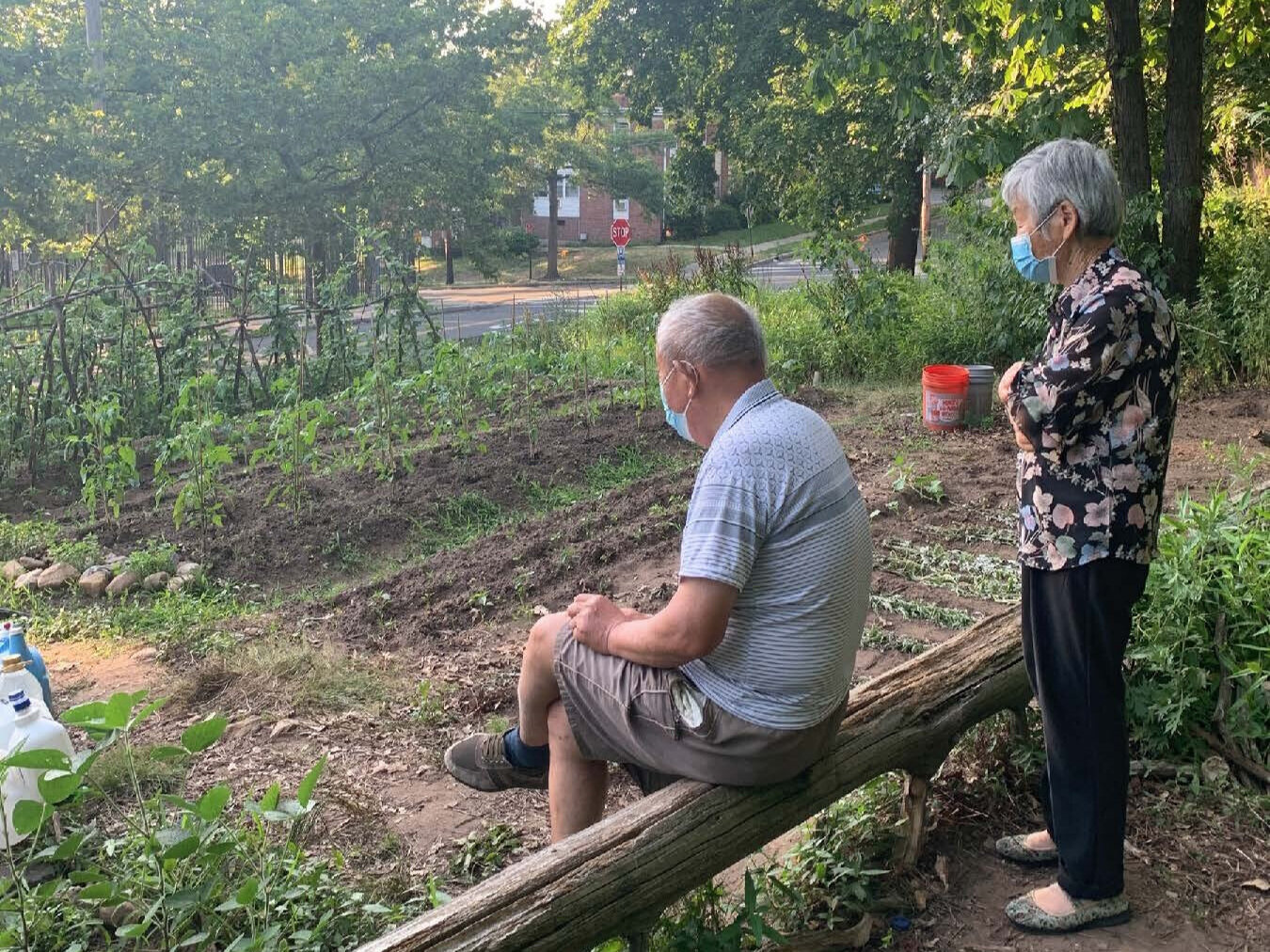This post is part of Maia Roothaan’s 2024 Lazarus Summer Internship.
Around Our Kitchen Table
Out of 10? I’d ask after each of us had taken a bite of this morning’s buttermilk pancakes with flax and chia seeds. I always asked my family members to rate my cooking projects. And I did really wish to know how I could improve my skillset. It was my way of taking care of them, catering to dietary restrictions, flavor palates, comfort foods.
Hmmmm, 9.5, a little too sweet. But still very good. Thank you, Maia. My dad reached across the table to dollop greek yogurt and applesauce on top of his stack, a combination I always found myself perplexed by.
They’re good. My younger brother, Oliver, was dipping his pancakes in maple syrup using his hands. Even though we’re now 17 and 20, he still responds in much the same way to my queries.
So, what’s in them? I loved this question. I still do. I recited the list of ingredients, noting how I’d added some seeds for just a bit of extra protein.
2. Our Time in Aix
Je vous souviens! Vous êtes la fille qui a acheté la confiture des abricots et lavande, oui? I know you! You’re the girl who bought the jam with lavender and apricots, yes?
It was one of our last mornings in France. Rose and I had visited the jam man, as we called him, several weeks ago to purchase an Aixoise special–apricot and lavender jam. I’d returned this morning to take in the scenery before this summer was over.
Aix-en-Provence is a special place, especially for someone who loves food like I do. Each morning, vendors set up stands on cobblestoned streets. The market on the Rue Lapierre was on my path to class each morning. Often, I’d stop during my brisk morning commute to buy some tomatoes for a dinner salad with burrata or apricots for an upside down cake. Interestingly, these markets were cheaper than grocery stores, something I was unfamiliar with due to my American upbringing.
My family had become regular Farmer’s Market go-ers during the pandemic several years before. I’d spot one of my elementary school teachers buying corn, or one of my friends working at the Hewn bakery stand. It became a spontaneous meeting place in a world that had become so insular. Instead of cobblestone streets, our Farmer’s Market was tucked into a parking lot downtown. We’d go religiously, even if just to buy a few things.
Forever a hostess, the balcony of my house in Aix was the site of weekly Wednesday dinners. I’ve written, spoken, and thought a lot about these meals. We’d follow a ritual, Rose and I concocting a dessert without measurements (the house didn’t have measuring spoons or cups, something I reminisce on with delight) and Olivia and Isabel making the main and our salad. Each one a variation on the familiar. Hours passed with laughter and conversations I cannot recall, but I do remember the feeling of togetherness that hovered around those meals and on that balcony.
3. Vermont, July 2024
Our car curved along the road, following the path of a steady stream. My eyes took in the mist woven between the mountains ahead. I left my window open in the back despite the cool air whipping through the car, tossing my hair.
We’d had a weekend full of alternative food, something I was both familiar and unacquainted with from my more urban upbringing. My parents had carved out their own alternative food spaces in our home, making homemade yogurt or bread. It was something they’d been intentional about. Here, it seemed that the practices I questioned growing up were the general cultural drift.
On our first full day, my friends and I had climbed to the top of Mount Hunger. Our daypacks toted all the typical snack suspects–GORP, peanut butter and jam sandwiches, and some sliced fruit. Although not an uncommon experience, I know we all felt lucky as we ate our sandwiches in contemplative silence.
Saturday morning consisted of a walk around the Montpelier Farmers Market. In service of learning more about the foodways and culture of those perched behind the tables selling their goods, my eyes fell upon each, deciding who might be most willing to speak with me. Suddenly, I recognized a classmate from my high school in Illinois working behind the breadstand. In this way, I’d become an acquaintance of the unfamiliar.
Maeve and I spoke for a few minutes. Finally, I nervously told her about my project, hoping that she might have insight into the story of Red Hen Breads. Randy, the owner, came over and eagerly explained how he’d always been baking bread.
Probably since I was three years old, with my mother. My mind flitted to helping my dad bake bread in our Breadmaster and returned to our conversation. I’ve always wondered if it’s the things we’re passionate about innately, when we’re young, that we will somehow make a return to.
Later, I parted ways with my friends to see which other vendors I might be able to speak to. I found myself drawn to a honey and foraged mushroom stand. On one side jars of honey were displayed in varying shades of amber and opaqueness with dipping sticks to try each before purchase. I first tested the buckwheat honey–it was reminiscent of a Serbian wild honey brought to us by a family friend.
I began to talk with Dave, the owner, who told me that his favorite way to eat his honey was by concocting a chocolate bar with a honeycomb filling.
So, how’d you get into beekeeping? I picked up a jar of creamy honey, one of my favorite types to spread on an open-face slice of bread.
It was this man right over there! Rick–he’s the one who got me into the beekeeping world. I’d noticed earlier how the two had engaged animatedly, laughing and cracking jokes with their customers. I smiled to myself, thinking about how the foods we come to love were like fingerprints we could leave on the lives of others.
Sonya’s Subaru pulled into the driveway of the farm hosting the second annual Butterfest. After several hours of barn dancing and swimming in the river nearby to the farm, my friends and I joined the group of people gathered around a long table piled with potluck dishes. Clad in a butter-yellow dress, our host explained that this event was meant to commemorate the spirit of butter, of richness, and of community.
My friends and I propped ourselves up against picnic tables, surveying the crowd as we ate our tapas-style meal. It was just the hour in the evening when everything was covered in the glowy haze one can usually only grasp on a movie screen. I began to realize, more and more, that the foodscape I wished to see, and had glimpsed here, in Vermont, was one cultivated by my community and individuals, rather than the invisible hands of government I’d frequently been taught could create successful preservation of foodways.
As I look toward the future, I hope to continue writing about food, people, and my own relationship to both. Community and care drive food, and I plan to continue noticing how both seep into our American consciousness, something that is valuable in part because of the impossibility of encapsulating all of its truths.













